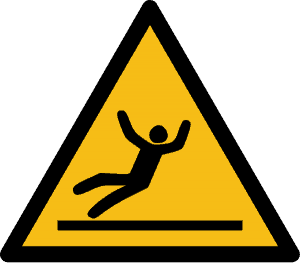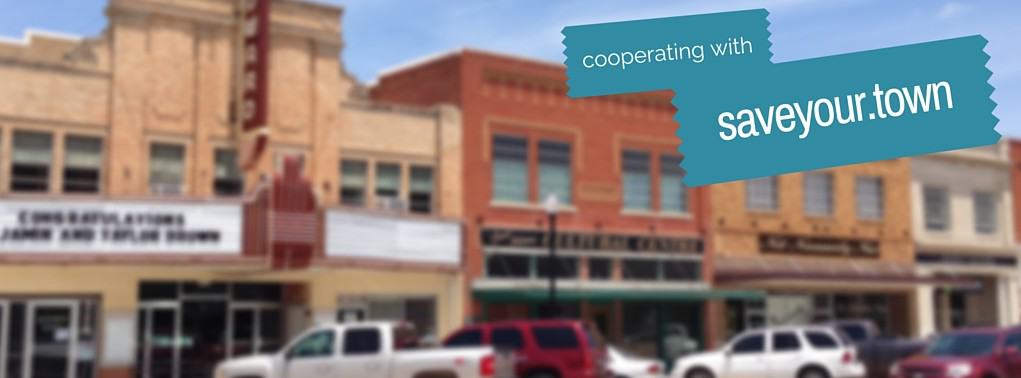 We know having a safe workplace is important. We know it’s a good business practice. We know it can save us money and maybe even save us from financial disaster.
We know having a safe workplace is important. We know it’s a good business practice. We know it can save us money and maybe even save us from financial disaster.
We know but do we always practice? And is it high priority? Moreover, have we instilled it into those working at our company, whether employees, volunteers or family? As we have trained those working at our facility, how high on the priority list have we put it?
Why bring this up? You just answered yes to each of these questions. In your message you tell everyone it is important. But what happens in practice?
A story – Had a chance to go out to supper with a friend recently. As we were enjoying our meal, the hostess walked by our table and slipped because of something on the floor. She didn’t fall as she caught herself on a couple of tables. She left. About four minutes later, a waitress came by and slipped on the same spot. Again, she caught herself and left. Probably another three or four minutes went by and a third employee came over with a towel to wipe up the spot. She wasn’t directed by anyone to do it. She just saw the second person slip and decided to do something. A little while later the hostess returned with a towel to take care of the wet spot. Although it was largely gone, she spent some extra time making sure everything was dry.
I suspect, but don’t know for sure, that all of the employees had received a message in workplace safety and their role at some point in time with the restaurant. Yet look at the different responses. The third employee gets credit for recognizing a safety situation and taking care of it although maybe responding a little quicker would have been even better. Also the hostess did return but some time passed and another person had slipped on the same spot.
What’s the take-away?
Workplace safety is important. In 2006, slips, trips and falls was the leading reported workplace injury and the second most costly injury. Slips and trips alone, without a fall, ranked third.
Workplace safety has direct costs as well as indirect costs in terms of workers taking time off and workers compensation claims.
It has been noted that safety aspects in and around your business can influence customer decisions in terms of returning.
You, as the manger, are the first line of prevention. The second line are your employees. Help them understand the issue, give them the tools to handle various situations, and keep asking what you can do to make your workplace even safer. A good person to add to your team is your insurance agent.
Workplace safety may seem like a little thing but these little things often are contributing factors to the success or failure of a business.
Workplace safety impacts your bottom lines. Be proactive in preventing.
- About the Author
- Latest by this Author
Glenn Muske is an independent expert on rural small business, working as GM Consulting – Your partner in achieving small business success. He provides consulting, and writes articles for county extension agents and newspapers across North Dakota. Previously, he was the Rural and Agribusiness Enterprise Development Specialist at the North Dakota State University Extension Service – Center for Community Vitality.










